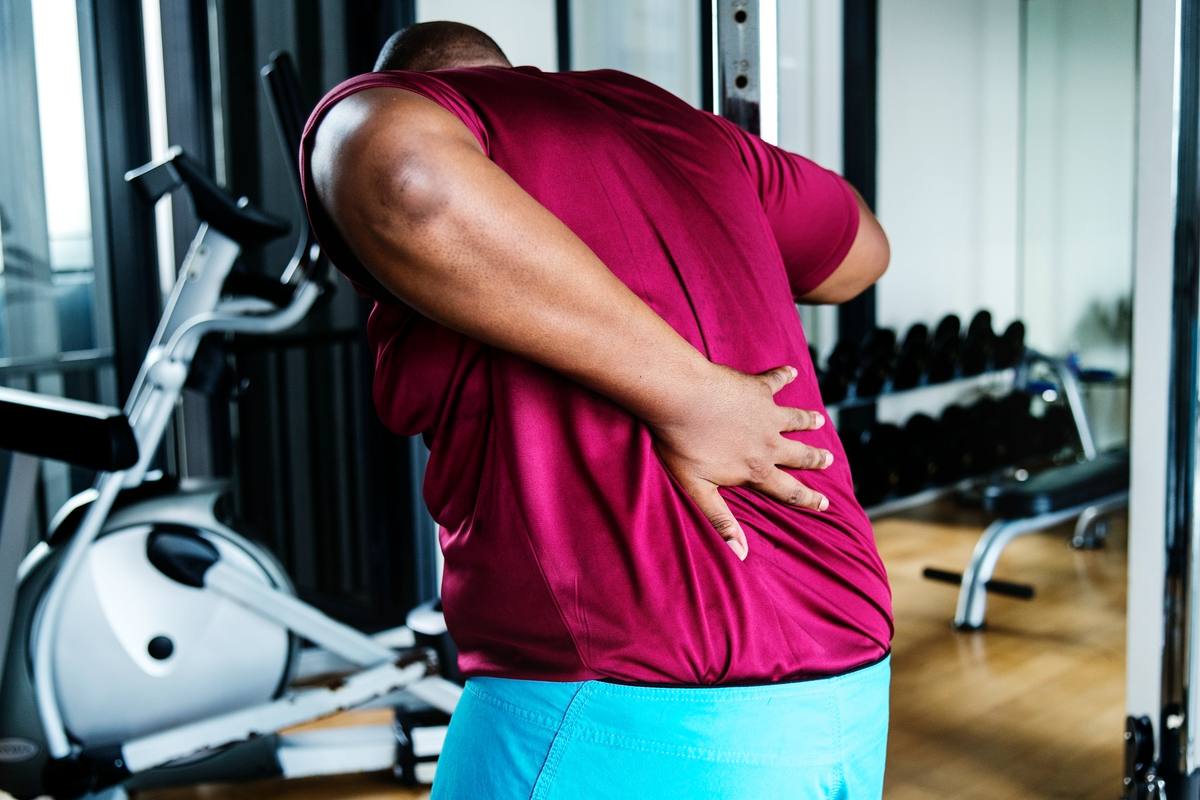in Chronic Conditions, Pain Management by Exercise Right
Exercise and movement are essential ingredients in the management of persistent pain. Many pain researchers and health professionals recognise that increasing physical activity levels can improve pain, function, and wellbeing across a range of persistent pain conditions including osteoarthritis, back and neck pain, shoulder pain, fibromyalgia, and post-surgery pain.
Although exercise is recommended for most patients with persistent pain, the longer someone has experienced pain the harder it can be to get started. This means physical activity and everyday movements can become more painful, and flare-ups can become more frequent, severe, and longer lasting when someone has had pain for a long time. This can reduce confidence, promote anxiety or fear concerning exercise and activity, and lead to avoiding exercise which ultimately worsens pain.
The good news is that learning to exercise in a way that is right for you as an individual has a positive effect on the pain system. With increased exercise tolerance, pain sensitisation reduces, meaning fewer, less severe flare-ups as your system becomes less sensitive.
Exercise changes your body’s physiology
Most people believe that the benefits of exercise for persistent pain are through improved muscle strength and endurance and mobility, better lubricated joints, and increased flexibility. While these adaptations are important, regular exercise and physical activity have multiple, positive changes in all the body’s systems, such as the cardiovascular system, brain and nervous system, hormonal, and immune systems.
Exercise can undo some of the negative effects of persistent pain which include a weaker immune system, reduced fitness, strength and resilience, and negative effects on our mood. The combined effect of these system changes can be of great benefit to people with persistent pain.

The benefits of exercise
Exercise related health benefits for people with persistent pain include:
- Improved sleep. For people experiencing persistent pain, poor sleep has been linked to higher levels of pain. Exercise contributes to changing the fight or flight response, winding the nervous system down and promoting relaxation.
- Improved mood and reduced stress and anxiety. Improved release and responsiveness to naturally produced ‘feel good’ hormones and neurotransmitters (for example dopamine) can reduce your perception of pain. These work similarly to some frequently prescribed pain medications and can help reduce pain medication dependency.
- Increased pain tolerance and pain desensitisation. Even a single short bout of exercise, like a brisk 20 min walk, can decrease pain for 20-30 minutes post-exercise. Regular daily exercise can increase pain tolerance and assist with reengaging in activities ceased or limited by pain.
- Improved immune function. Exercise reduces systemic inflammation through improved circulation and changes in immune system function. Increased inflammation promotes pain and low mood and is common in many chronic conditions.
Exercise is an effective and beneficial treatment for persistent pain through the combined effects of multiple positive changes in the body, brain and nervous system that improve physical and psychological well-being. Most importantly, exercise and physical activity can be safe and reduce the potential harm and side effects associated with some medications and medical procedures commonly used to treat persistent pain.
Where to get the right advice
If you’re living with chronic pain, getting the right advice when it comes to exercise is crucial. An Accredited Exercise Physiologist can help to individualise exercise presciption to ensure it’s safe and tailored to your needs and goals. To find one near you, click here.
READ MORE LIKE THIS,


